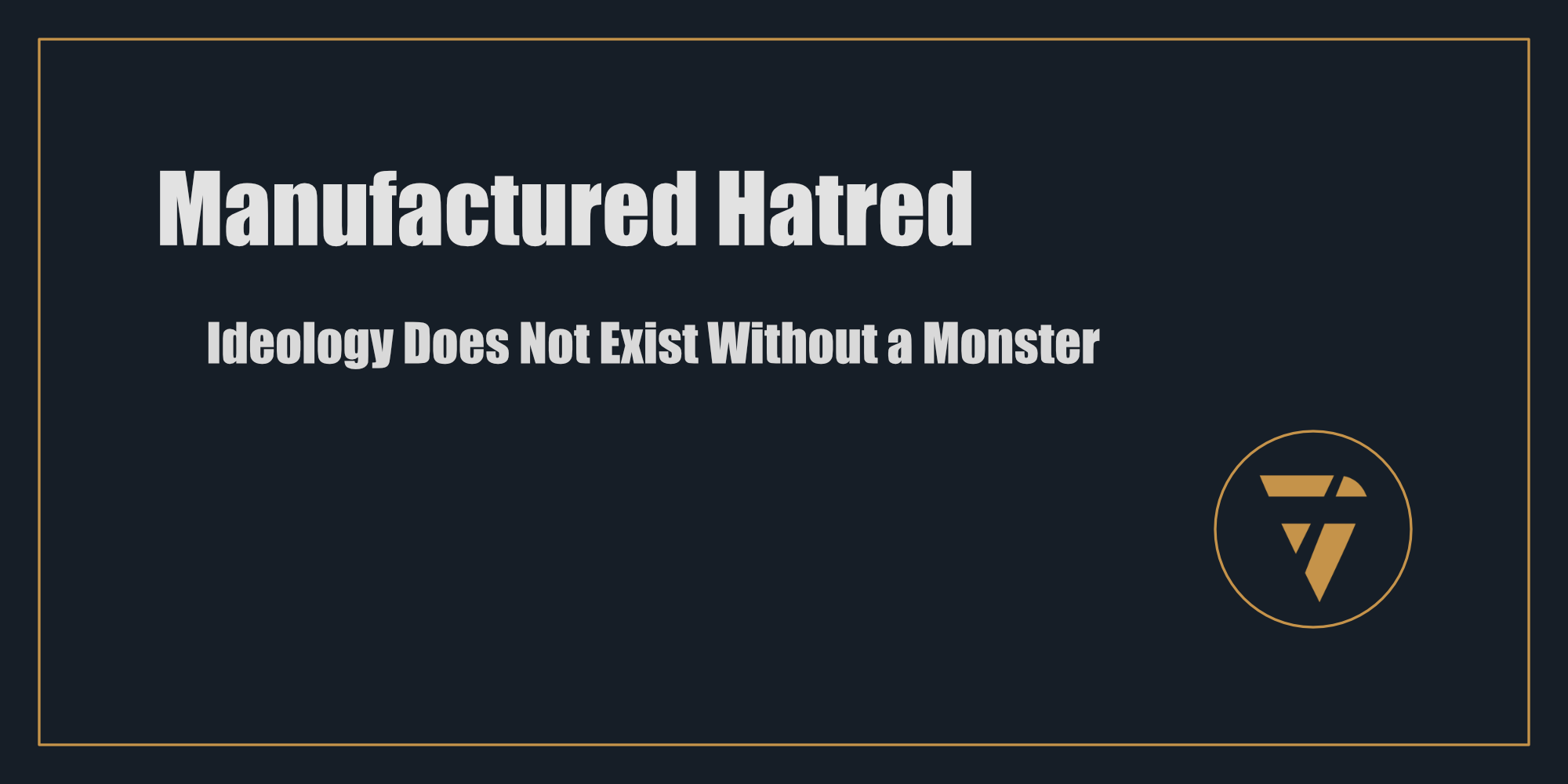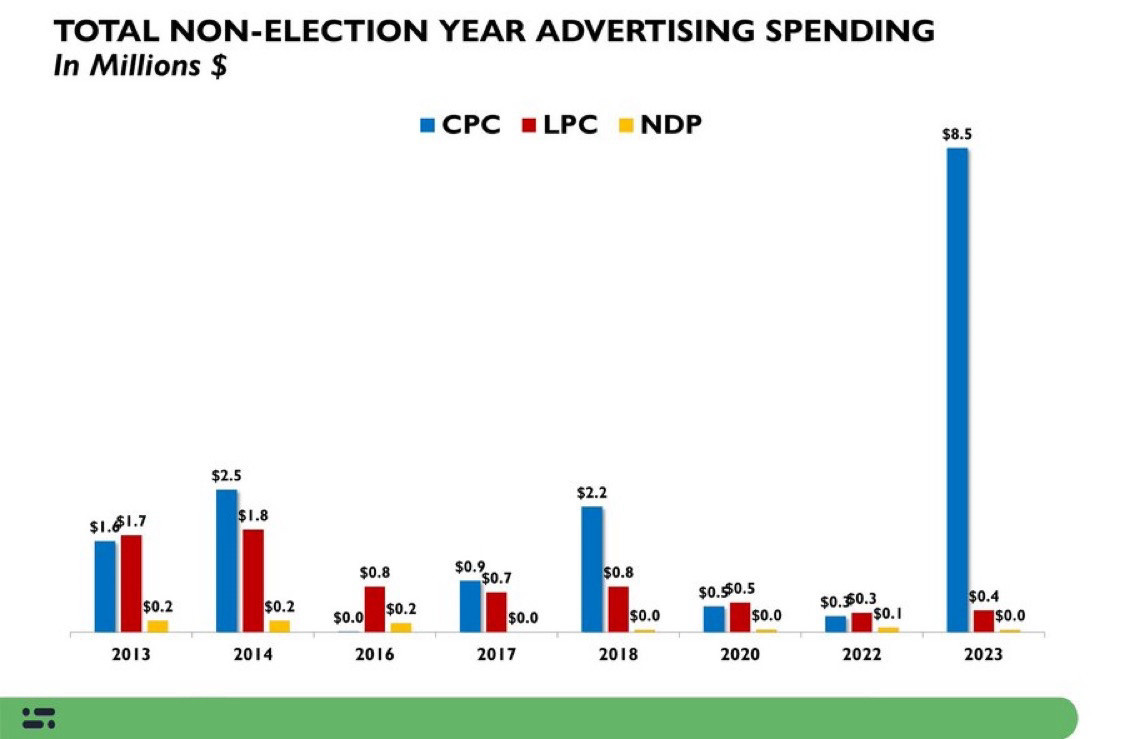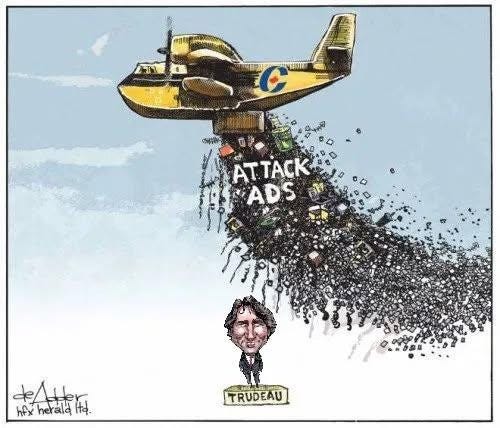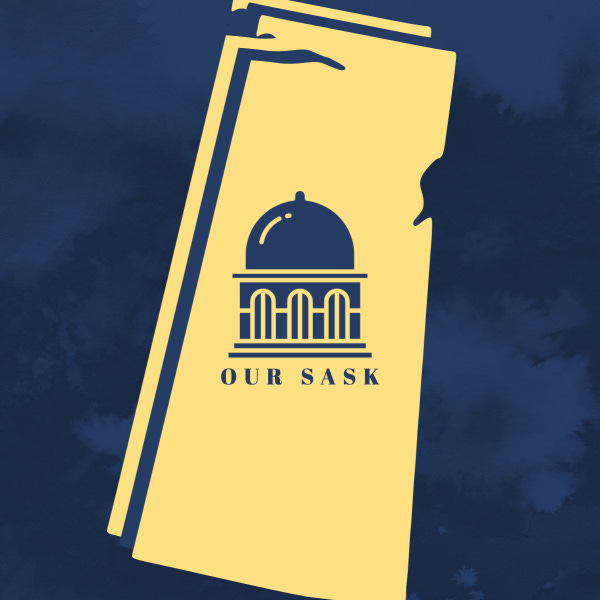Manufactured Hatred
Ideology Does Not Exist Without a Monster

For nearly a decade, Justin Trudeau wasn’t just Canada’s Prime Minister, he was the conservative movement’s greatest asset. A carefully crafted villain, Trudeau became the symbol of everything wrong with the country in the eyes of his opponents. But now, with his resignation and a prorogued government, the hate machine faces a crisis. What happens when the monster leaves the stage?
The Void Left Behind
Trudeau’s decision to step down has reshaped Canadian politics overnight. For all that it was expected, it doesn’t seem that most were prepared for it. For conservatives, his departure represents an existential challenge. The entire ecosystem of rage—media narratives, grassroots outrage, and political campaigns—was built around him. His resignation doesn’t just create a leadership vacuum; it creates a rage vacuum.
This moment demands an examination of the mechanics behind the conservative hate machine: how Trudeau was turned into the "monster," how this hatred sustained an entire political ideology, and what happens now that the monster is gone.
How Monsters Are Made
Trudeau wasn’t always a villain. Early in his political career, he was a symbol of optimism, charisma, and change. So how did he become a bogeyman?
- Simplification of Complexity: Trudeau’s policies, from carbon pricing to immigration reform, were reduced to emotional triggers—symbols of elitism, recklessness, and cultural erosion.
- Personal Demonization: Trudeau’s privilege, looks, and perceived arrogance became lightning rods for envy and resentment, amplified by media narratives and grassroots anger.
- Media and Algorithmic Loops: Right-wing media, influencers, and social platforms weaponized Trudeau’s every word and gesture to fuel engagement, stoke outrage, and deepen divisions.
The result was a monstrous caricature, meticulously designed to galvanize a conservative base, and sustain a movement.


Section 2: The Collapse of the Hate Narrative
Trudeau’s resignation didn’t just end a political chapter—it dismantled a carefully constructed narrative. Without Trudeau, the hate machine is floundering.
- The Vacuum: With no clear target, conservative leaders are scrambling to redirect the outrage. Hours after the announcement, some still hadn’t commented—an uncharacteristic silence that reflects a lack of preparedness.
- Misfires in Messaging: Attempts to vilify a "lame duck" Trudeau fall flat. The narrative lacks urgency, and attacking a resigning leader feels hollow.
- The Risks of a Void: Rage doesn’t disappear—it redirects. Without Trudeau, anger is likely to turn toward vulnerable groups: women, minorities, and social progressives.
Section 3: The Fragility of Hate-Driven Politics
The conservative movement’s reliance on a singular villain reveals an uncomfortable truth: without a monster, the ideology struggles to stand on its own.
- Identity Crisis: Movements built on opposition lack substance when the opposition is gone. The sudden vacuum exposes a lack of cohesive policies or vision.
- Factional Risk: Without a unifying target, conservative coalitions risk fragmentation as factions jockey for dominance.
- Opportunities for Change: This moment could prompt conservatives to pivot away from antagonism toward constructive politics—but only if they seize the opportunity.
Section 4: What Happens Next?
The hate machine is already searching for a new target. But finding a replacement isn’t easy. Trudeau’s charisma, visibility, and polarizing policies were uniquely suited to the role of a manufactured monster.
- Potential Targets: Figures like Chrystia Freeland or Mark Carney may be in the crosshairs, but neither has the same emotional resonance.
- Overreach Risks: Aggressive attempts to vilify less divisive figures could alienate moderates and independents.
- The Long Game: If the machine fails to find a compelling target, it risks losing momentum altogether.
Actionable Takeaways
- For Media: This is a chance to expose the mechanics of manufactured hatred and foster critical dialogue.
- For Progressives: Focus on offering constructive solutions rather than merely celebrating Trudeau’s departure.
- For Citizens: Recognize and resist manipulative narratives, and demand better from political leaders and media.
Call to Reflection
Justin Trudeau’s resignation is more than a political event—it’s a mirror reflecting the weaknesses of hate-driven politics. The conservative movement now faces a choice: redefine itself through policy and vision, or double down on division.
What do you think happens next? Can movements built on opposition pivot to substance? Share your thoughts.
If you found this perspective valuable, subscribe to stay part of the conversation. Let’s navigate the void left by manufactured hatred together, and build something better.
This Substack is reader-supported. To receive new posts and support my work, consider becoming a free or paid subscriber.
This is what I’m working on. Tell me what you think, I enjoy the conversation! Subscribe and follow the work in real time.
Thanks!
B
Thanks to Tammy and Paul for the listen, and some interesting thoughts this morning…
For nearly a decade, Trudeau was the perfect villain for conservatives. Now he’s gone. Hate-based politics can’t sustain itself without a target. Who’s next?
PS -






